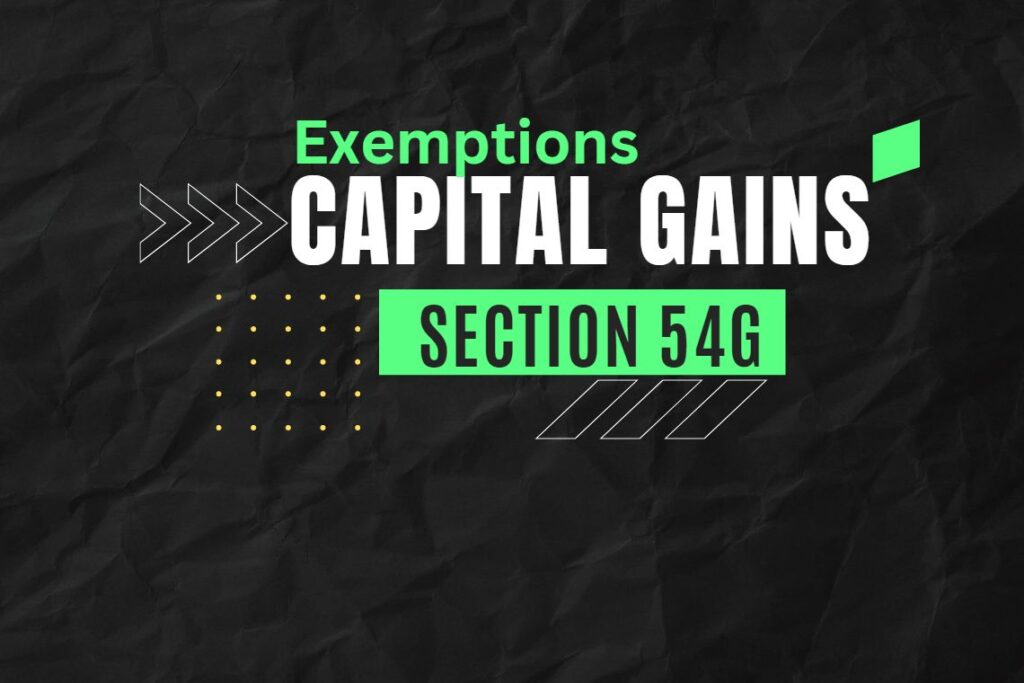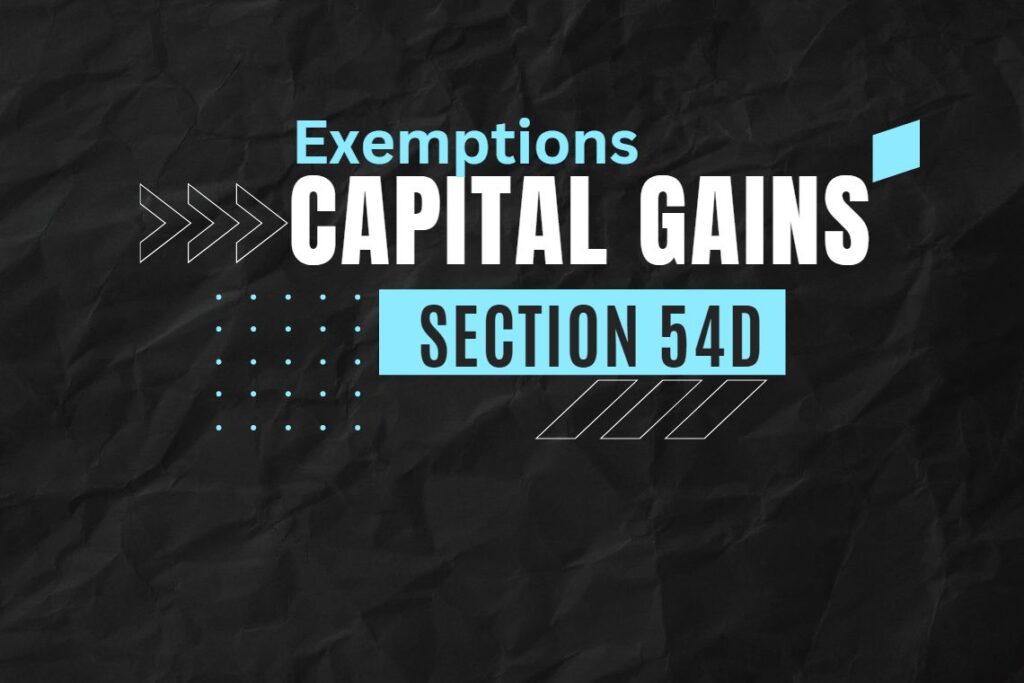Where any person receives at any time during any previous year any money or other assets under an insurance from an insurer on account of damage to, or destruction of, any capital asset, as a result of—
(i) flood, typhoon, hurricane, cyclone, earthquake or other convulsion of nature; or
(ii) riot or civil disturbance; or
(iii) accidental fire or explosion; or
(iv) action by an enemy or action taken in combating an enemy (whether with or without a declaration of war),
then, any profits or gains arising from receipt of such money or other assets shall be chargeable to income-tax under the head “Capital gains”.
Thus section 45(1A) has itself become the charging section in this case. It has nothing to do with section 45 and as such, there will be capital gain even if no capital asset has been transferred.
In which previous year the capital gain shall arise:
In the above case, the capital gain shall be deemed to be the income of the previous year in which such money or other asset was received.
What shall be full value of consideration in this case?:
It shall be value of any money or the fair market value of other assets for the date of such receipt.
| Note :
1. Insurance monies for loss of raw material shall be treated as normal trading receipts as raw material is not a capital asset. [CIT v Needle Industries (India) Ltd. (2000) 245 ITR 556 (Mad)] 2. Where asset is destroyed and there is no insurance or insurance compensation is not received, neither section 45(1A) nor section 45 shall be attracted. Since destruction of asset shall not be treated as transfer, the cost of the asset destroyed shall be treated as dead loss. But if any insurance claim in received, it will amount to transfer as per section 45(1A). |
Explanation of Section 45(1A)
Section 45(1A) of the Income Tax Act in India deals with the tax treatment of amounts received from an insurer on account of damage or destruction of a capital asset. Here’s a brief explanation of how this section works:
1. Applicability:
Section 45(1A) applies to individuals, Hindu Undivided Families (HUFs), and other assessees.
2. Capital Asset:
It applies to any capital asset, which can be land, building, machinery, plant, or any other asset of a capital nature.
3. Insurance Claim:
When a capital asset is damaged or destroyed, and the owner receives an amount as insurance compensation, this amount is considered a capital receipt.
4. Tax Treatment:
- The amount received from the insurer is not directly taxable as income in the hands of the assessee.
- Instead, the tax implications come into play when the asset is transferred or sold in the future.
- The cost of acquisition and the period of holding for the purpose of calculating capital gains are adjusted based on this insurance compensation.
- The insurance compensation reduces the cost of acquisition of the damaged or destroyed asset. The reduced cost is used to calculate capital gains when the asset is eventually sold or transferred.
- The period of holding is also adjusted to include the period for which the damaged asset was held before it was destroyed or damaged. This is done to determine if the asset qualifies for long-term or short-term capital gains tax treatment when it is eventually sold.
- The actual computation can be complex, and it’s advisable to seek the assistance of a tax consultant or chartered accountant to ensure compliance with the tax laws.
In summary, Section 45(1A) of the Income Tax Act in India provides for the adjustment of the cost of acquisition and period of holding of a capital asset when an amount is received from an insurer due to the damage or destruction of the asset. The tax liability arises when the asset is sold or transferred in the future, and the adjusted cost and holding period are used to calculate the capital gains. It’s important to maintain proper records and seek professional advice to accurately calculate and report the capital gains when the asset is eventually disposed of.
Understanding of Section 45(1A)
(1) When a capital asset is damaged or destroyed, it can lead to a financial loss for the owner. However, in certain cases, the owner may receive compensation from an insurer for the damage or destruction of the asset. In such situations, it is important to understand the implications of this compensation in terms of capital gain.
(2) According to Section 45(1A) of the Income Tax Act, any amount received from an insurer on account of damage or destruction of a capital asset is considered as a capital gain. This means that the amount received is taxable under the head of capital gains.
(3) The tax treatment of such compensation depends on whether the asset is a short-term capital asset or a long-term capital asset. If the asset was held for a period of less than 36 months before its damage or destruction, it is considered a short-term capital asset. On the other hand, if the asset was held for a period of 36 months or more, it is considered a long-term capital asset.
(4) In the case of short-term capital assets, the compensation received is added to the owner’s income and taxed at the applicable income tax rates. However, if the asset is a long-term capital asset, the compensation is taxed at a special rate of 20%.
(5) It is important to note that if the compensation received is less than the cost of acquisition of the asset, it will be considered as a capital loss. This capital loss can be set off against any other capital gains made by the owner in the same financial year. If there are no other capital gains to set off the loss against, it can be carried forward for up to 8 years and set off against future capital gains.












